Top 6 Oldest Universities in
the World

Choosing the right commercial storage can make or break your business’s efficiency and budget. This article demystifies the process, offering guidance on selecting secure, scalable, and cost-effective storage solutions for your business needs.
Expect to learn about the types of storage units, crucial features, and strategic benefits tailored to enhance your operations.
Key Takeaways
- The genesis of higher education was initially driven by the need to train ecclesiastical personnel but evolved over time to encompass a variety of subjects, such as law, medicine, philosophy, and the arts, transforming into the ancient universities known today.
- Universities like Al Quaraouiyine, the University of Bologna, and the University of Oxford are among the world's oldest and represent significant developments in the concept and structure of higher education, with notable contributions in various academic disciplines, including law, philosophy and the sciences.
- The curricula of these ancient universities have evolved, transitioning from their common focus of the previous centuries on clerical, legal, and medical training to include liberal arts and adapt to advancements, such as the scientific and technological advances of the industrial age, maintaining their relevance and influence in modern education.
Journey Through Time: The Genesis of Higher Education
Picture a time when education was primarily a religious affair, focusing mainly on training clerics. This was indeed the genesis of higher education.
However, this narrow scope of education could not persist indefinitely. The thirst for knowledge was unquenchable, and soon enough, universities began to broaden their horizons, incorporating a diverse array of subjects beyond theology, including:
- law
- medicine
- philosophy
- the arts
A fundamental transformation of universities occurred in the 16th century. The concept of 'knowledge for the sake of knowledge' came into prominence, indicating a move away from purely ecclesiastical training towards meeting the broader educational needs of the civil community.
This gradual evolution from religious institutions to more all-including educational centres set the stage for the development of the oldest universities in the world.
The Pioneers of Academia: A List of Ancient Universities
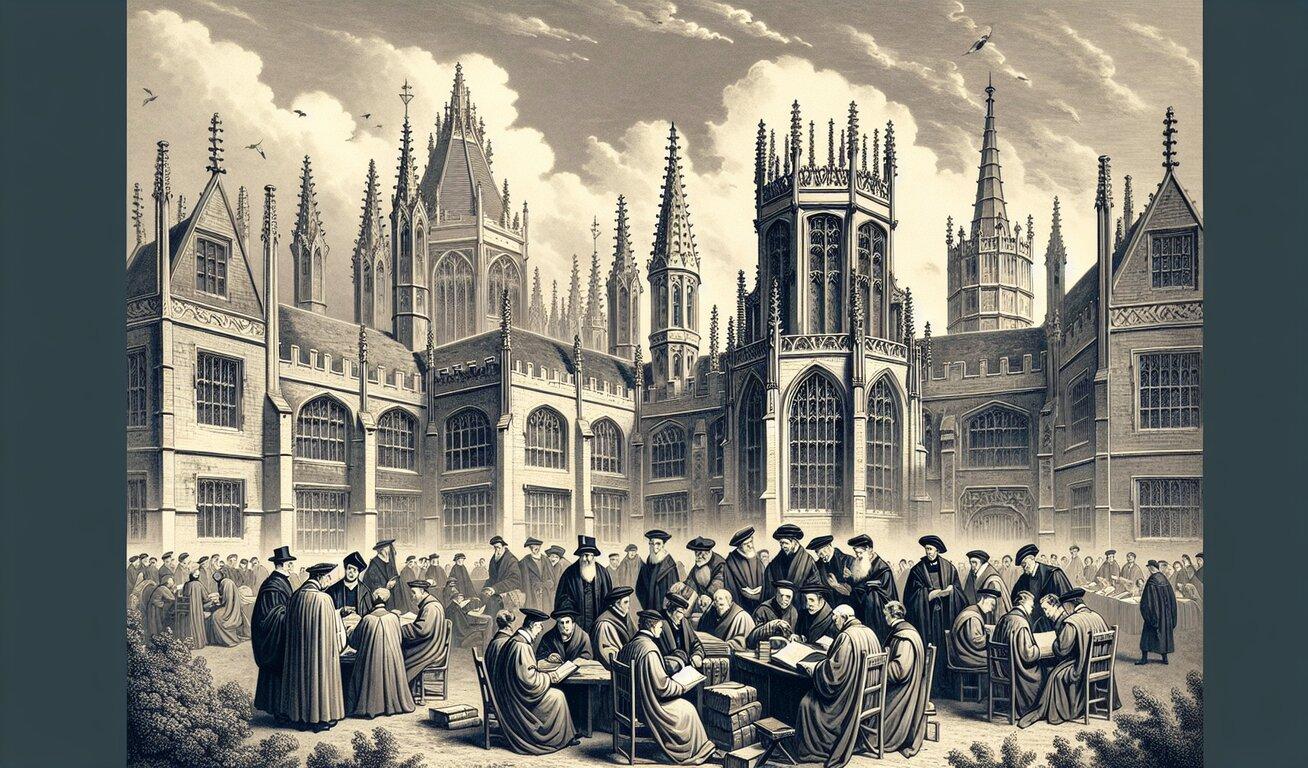
As we venture further into the annals of history, we encounter the mediaeval European model, which gave rise to the oldest universities, all established before the dawn of the 16th century.
These ancient institutions of learning evolved from ecclesiastical origins, with the rediscovery of Greek and Roman knowledge playing a key role in their establishment. It was at this point that the university began, marking the formation of universities or student guilds and the beginning of established institutions in the contemporary sense.
Let us now examine three of the world's oldest universities: The University of Al Quaraouiyine, the University of Bologna, and the University of Oxford.
University of Al Quaraouiyine: The First Educational Institution
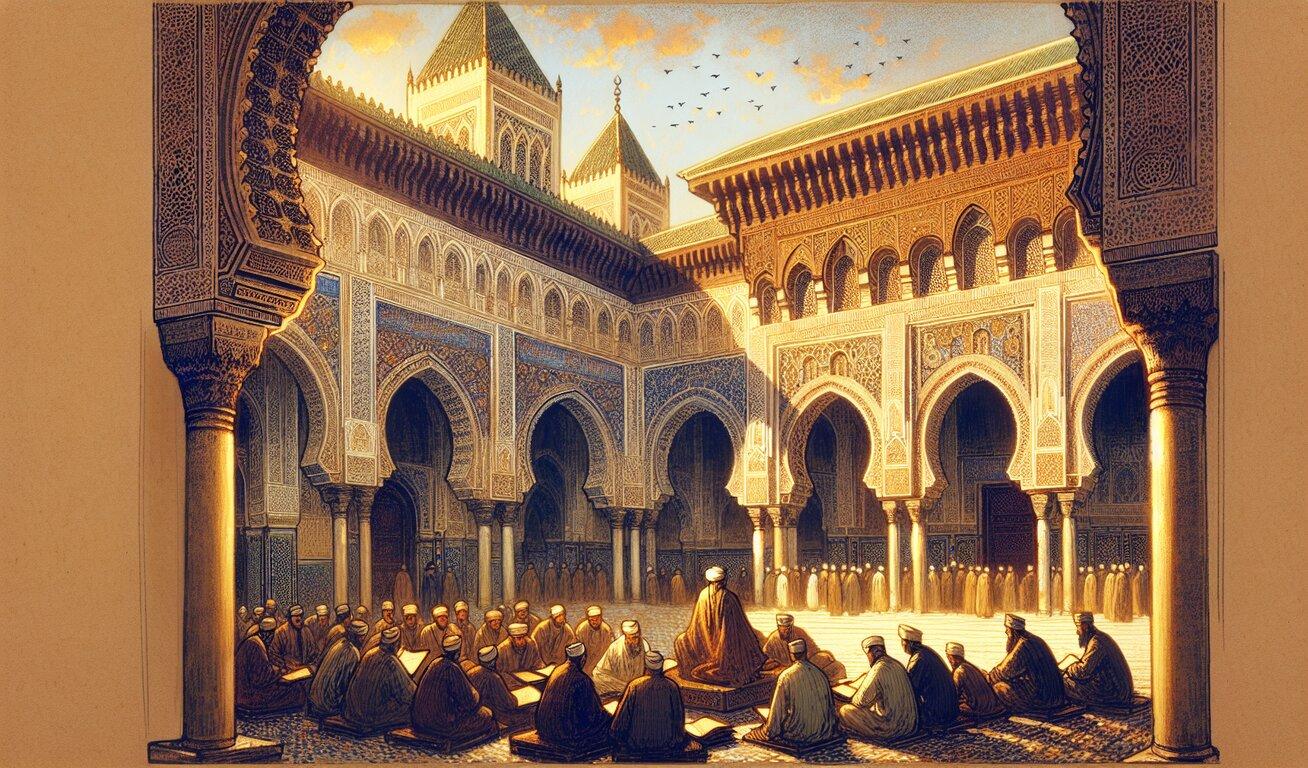
Starting with the city of Fez, Morocco, where the University of Al Quaraouiyine stands as a testament to the enduring power of education.
Established in 859 by Fatima al-Fihri, Al Quaraouiyine is not only one of the oldest educational institutions in the world but also the oldest higher education institution, with its inception dating back to a time when universities, as we know them today, were in their infancy.
This prestigious institution has been a beacon of knowledge, attracting scholars from around the globe and producing distinguished alumni such as the philosopher Averroes, geographer Muhammad al-Idrisi, and Maimonides.
In 1963, Al Quaraouiyine underwent a modern reorganisation, marking its transformation from a centre of Islamic religious learning, including classical Arabic grammar, to a fully-fledged university.
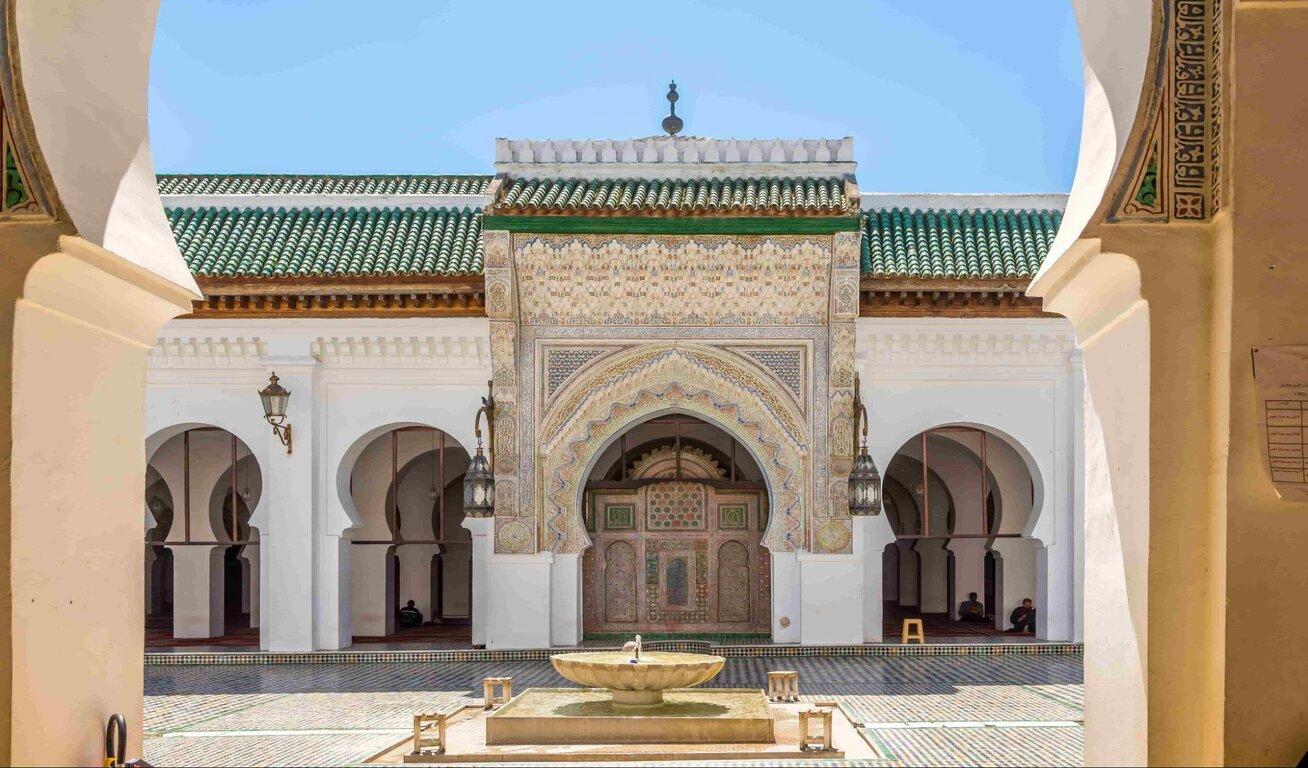
This change, while significant, did not diminish the historic importance of the institution. Instead, it added another layer to its rich tapestry of history, contributing to its status as a UNESCO World Heritage Site.
Today, the University of Al Quaraouiyine stands as a symbol of the enduring power of education, a testament to the vision of Fatima al-Fihri, and a reminder of the historical roots of higher education.
University of Bologna: The Cradle of Legal Sciences
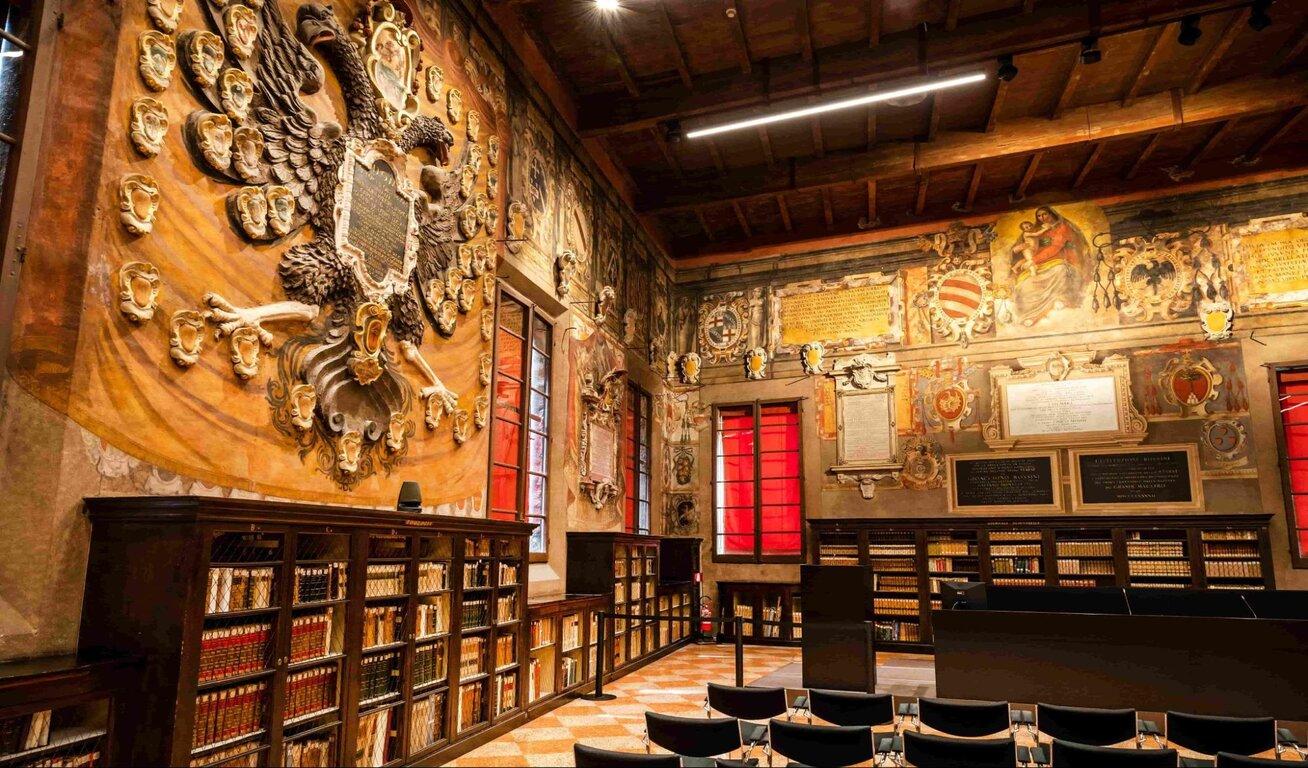
Moving on to Italy, we find the University of Bologna, widely acknowledged as the oldest university in continual operation in the world.
This prestigious institution, established around 1088, has been instrumental in moulding the modern world's understanding of legal sciences, setting the groundwork for modern civil law. The University of Bologna is not just an institution of higher learning but a cornerstone of our collective intellectual heritage.
The intellectual milieu of the University of Bologna during the mediaeval period led to the creation and adoption of the term 'Universitas' in the academic context. This term, now synonymous with higher education globally, is a testament to the seminal role played by the University of Bologna in shaping the academic landscape.
 The University of Bologna, with its rich history and continued commitment to excellence, remains a beacon of knowledge. Its legacy, encapsulated in its enduring influence on legal studies, continues to inspire scholars around the globe, affirming its place in history.
The University of Bologna, with its rich history and continued commitment to excellence, remains a beacon of knowledge. Its legacy, encapsulated in its enduring influence on legal studies, continues to inspire scholars around the globe, affirming its place in history.Save up to 55% OFF on longer storage
University of Oxford: A Collegiate Legacy
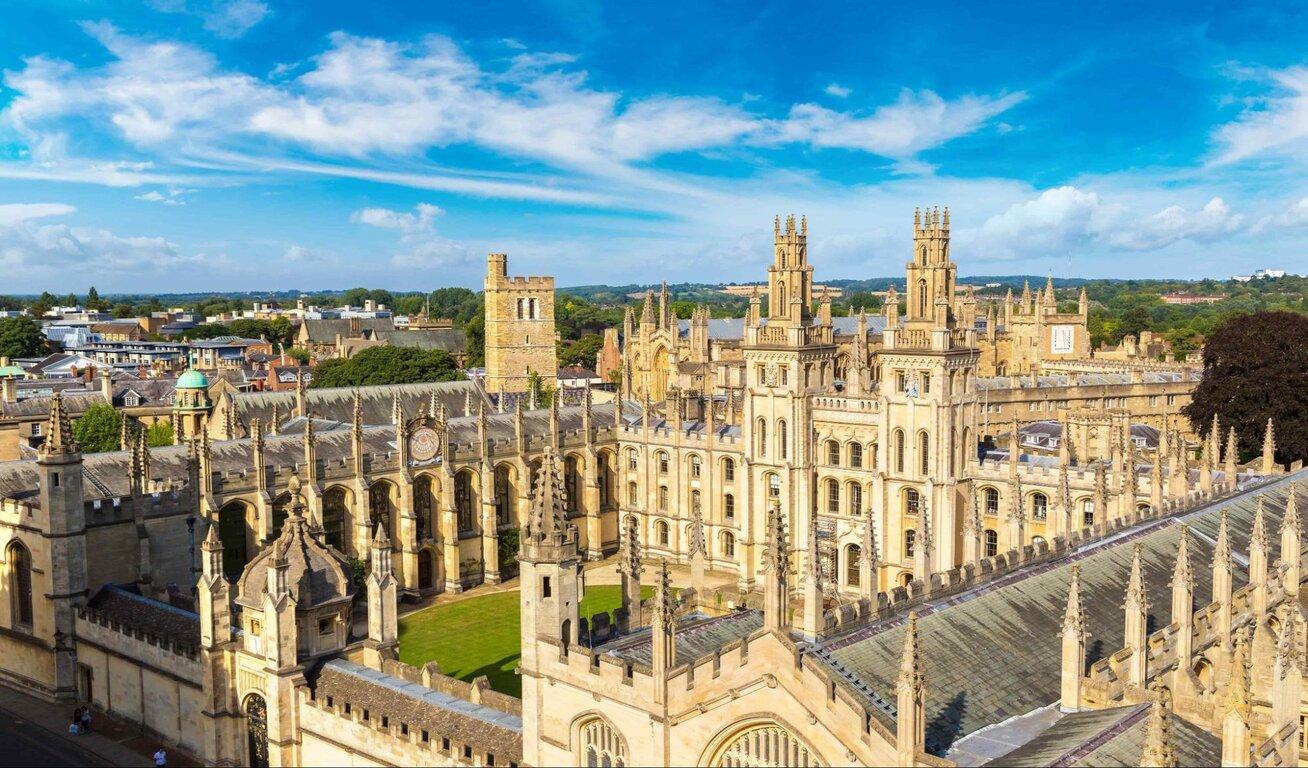
We then proceed to the University of Oxford, one of the oldest universities in the English-speaking world.
Established around 1096, Oxford's organised teaching can be traced back to the early 13th century. An integral part of Oxford's identity is its collegiate system, a hallmark of the university contributing to its academic and cultural legacy.
The formalisation of the University of Oxford with a royal charter cemented its university status as a prestigious seat of learning, attracting scholars from around the world. Today, the University of Oxford stands as a testament to the enduring power of knowledge, bolstered by its long-standing reputation and place among the world's top academic institutions.
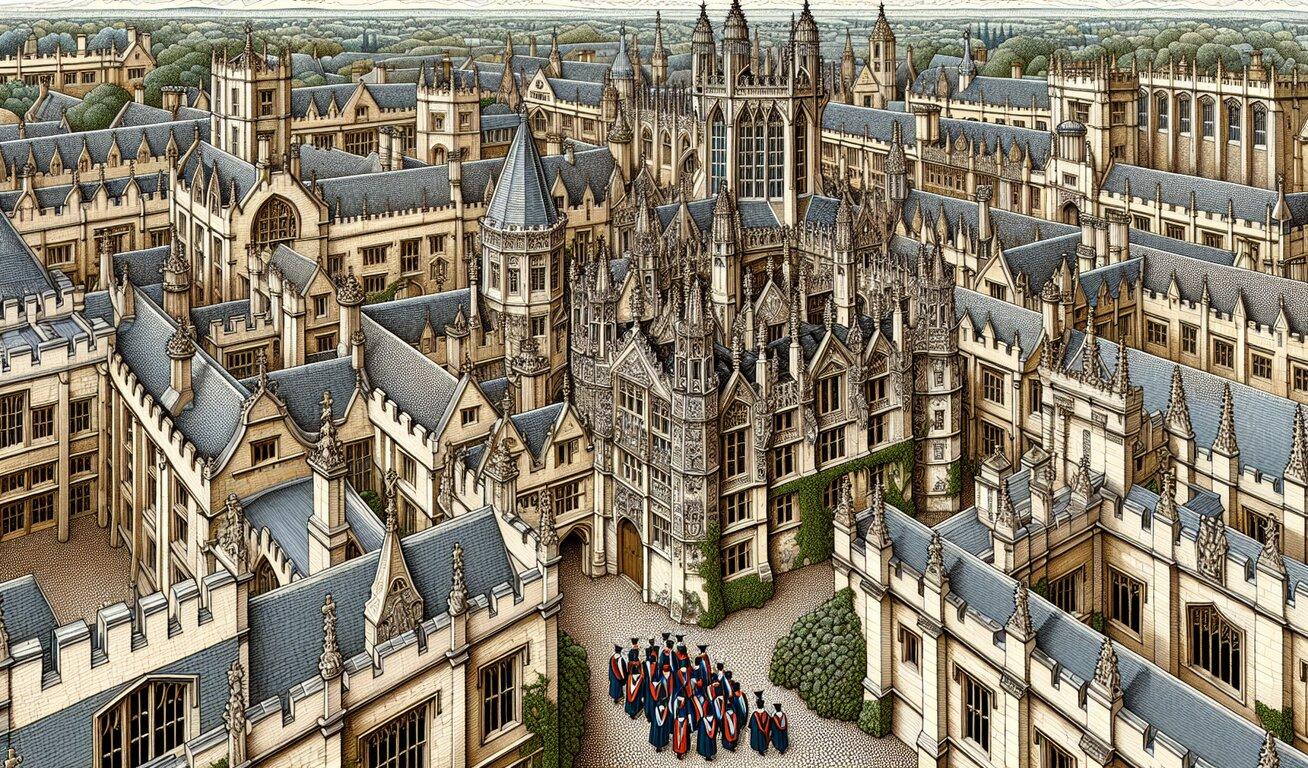
If you have already decided on Oxford University to continue further education, there are so many things to take care of beforehand. One of which is moving. You might not have thought about it yet, but some of your belongings will be coming with you to the university.
However, there is no need to worry - we have your back. If you are a student planning to move or just store several boxes, Stackt has it all covered. It not only provides services like packing and cleaning, besides moving, but it also offers special student discounts. You can pick the space you need and get started on your student years with no worries.
The Evolution of Curriculum: From Canon Law to Modern Contexts
Examining the historical progression of education, we observe the evolution of these ancient universities' curricula. Initially focused on training clerics, lawyers, civil servants, and physicians, these institutions later expanded their scope to include liberal arts, marking the beginnings of a broader curriculum.
This shift heralded the arrival of liberal education with its emphasis on interdisciplinary curricula and the development of critical thinking skills, equipping students for a shifting job market.
With the advent of the industrial age, a pronounced shift towards a specialised curriculum focused on scientific and technical knowledge emerged. This was instrumental in meeting the demands of workforce development and keeping in step with societal progress.
Contemporary curricular development in the world's oldest universities involves the integration of technology-mediated teaching strategies and a renewed acknowledgement of social sciences and humanities. These changes reflect a commitment to addressing complex global challenges, demonstrating that even the most ancient institutions can adapt and remain relevant in the modern world.
Global Influence: International Students and Alumni
The reach of these ancient universities goes well beyond their physical boundaries. Notable alumni such as scientists Sir Stephen Hawking and Charles Darwin from the University of Cambridge and significant political figures like Muhammad Ma Jian from Al-Azhar University exemplify the wide-ranging influence of these historic institutions.
Their achievements underscore the impact of these universities on global education, as they have significantly shaped various professional and academic fields.
Another notable figure is Elena Lucrezia Cornaro Piscopia, who became the first woman to be awarded a Doctor of Philosophy degree by the University of Padua in 1678. Her achievement marked a significant milestone for women in academia, challenging societal norms and paving the way for future generations of female scholars.
In the early 16th century, the University of Salamanca emerged as a prominent global centre of learning. Its influence extended to the plans of explorers like Christopher Columbus and advocacy for the rights of indigenous people in the Americas.
These stories of global influence underscore the profound impact these ancient institutions have had on shaping our world.
Preserving Cultural Traditions: Architecture and Heritage Sites
Ancient universities serve not only as centres of learning but also as significant architectural and historical landmarks.
The University of Al Quaraouiyine, for instance, features a distinctive architectural layout with a rectangular courtyard flanked by a prayer hall and gallery, reflecting rich cultural traditions in its design. Major renovations in the 12th century and the incorporation of elements from many periods of Moroccan history into the mosque building highlight the site's historical development
The University of Padua houses the oldest permanent university botanical garden in the world, testifying to its historical role in the study of pharmaceutical properties of plants. Additionally, the university's Anatomical Theatre, established in 1595, underscores its contribution to the field of anatomy and medical education.
These ancient prestigious universities, with their impressive architectural features and historical significance, play a crucial role in preserving cultural traditions and heritage. They stand as landmarks, weaving together narratives of academic progress, cultural evolution, and historical preservation.
Adapting to Change: How Ancients Remain Relevant
These universities, despite their long histories, have successfully kept pace with changing times, maintaining their relevance. Since the 19th century, European universities have significantly shifted to emphasise science and research, influencing the contemporary university's structure and educational philosophy.
In addition, they have embraced a 'Third Mission' to address their economic and social contributions to society. This highlights a more multidisciplinary and evolving role within the community, demonstrating their ability to adapt and evolve to meet societal needs.
Efforts towards entrepreneurial discovery and exploring market opportunities have fostered enhanced collaborations among higher education institutions, industries, and governments.
Furthermore, the inclusion of virtual education and distance learning programs as part of their curricula demonstrates these ancient institutions' readiness to adapt to the modern educational landscape. The University of Padua, for instance, has broadened its renowned faculty of animal science, gaining national and international acclaim, indicative of its transition to a comprehensive university.
The Spanish Connection: Salamanca and Its Hispanic Impact
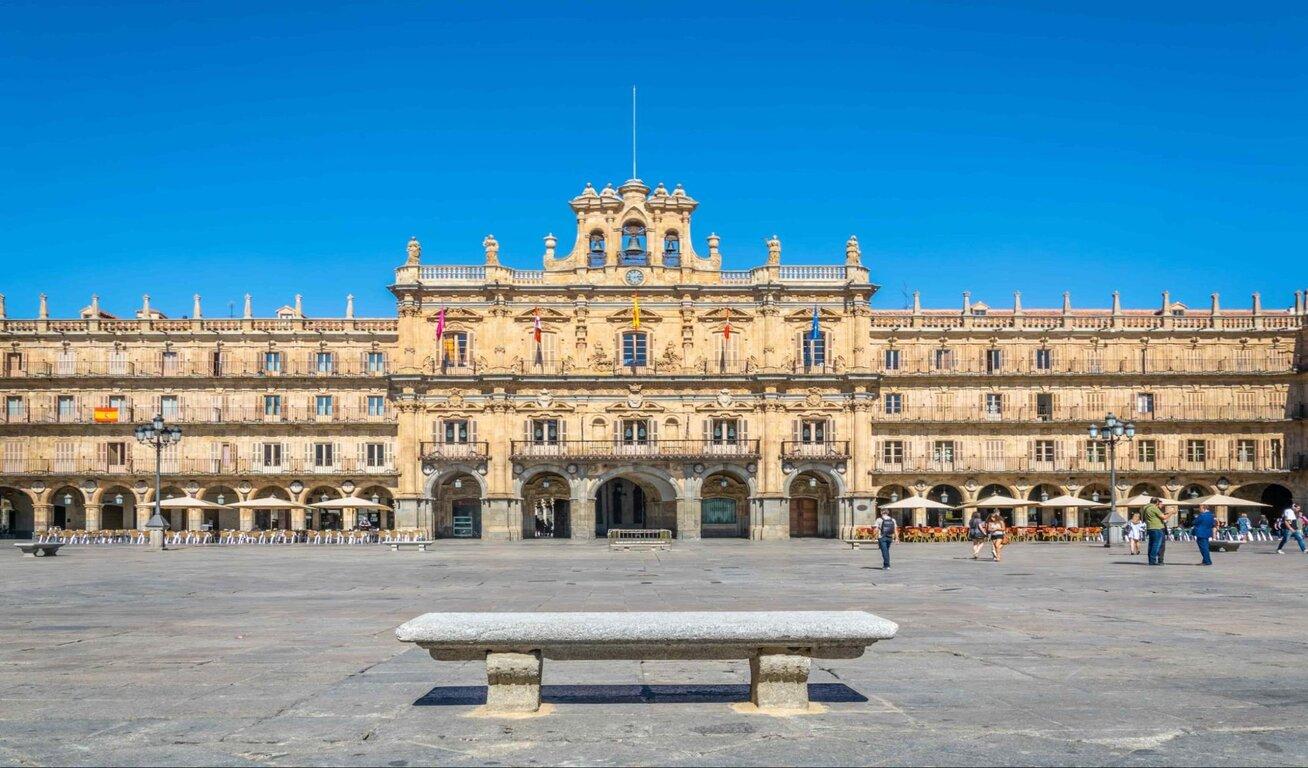
Established in 1218 by King Alfonso IX, the University of Salamanca is the oldest university in the Hispanic world. Its motto, 'Omnium scientiarum princeps Salmantica docet', translated as 'Salamanca, the mother of all sciences, teaches', encapsulates the foundational breadth of its disciplines.
Salamanca was a hub for Renaissance intellectualism, home to luminaries such as Antonio de Nebrija, writer of the first Castilian Spanish grammar, and the esteemed poet Fray Luís de León. Its educational framework became a blueprint for universities across Latin America, significantly bolstering its prestige and appeal to an international cohort of students.
The University of Salamanca's contributions to the Hispanic world and beyond are truly commendable. Its influence on Latin American education underscores the profound impact a single university can have on shaping educational landscapes across continents.
The French Intellectual Hub: University of Paris

Established around 1160, the University of Paris is historically renowned for its excellence in the humanities, particularly in theology and philosophy. Following the French Revolution, it comprised faculties in:
- Humanities
- Law
- Science
- Medicine
This demonstrates the impressive range of its academic offerings.
However, the tumultuous period of the French Revolution led to a significant change in the university's structure. In 1970, following civil unrest, the University of Paris was divided into 13 autonomous institutions, which include notable universities like Sorbonne University and Panthéon-Sorbonne University.
Despite these changes, the University of Paris continues to hold a prominent place in the global educational landscape. Its influence extends beyond France, shaping academic discourse and contributing to the intellectual wealth of the global community.
The Italian Pioneer: University of Padua
Initially focused on law and theology, the University of Padua, a pioneer in Italian higher education. Today, it offers a robust educational program in medicine and surgery, promoting a holistic understanding of individual health, including aspects like health promotion, preventive medicine, and global health issues.
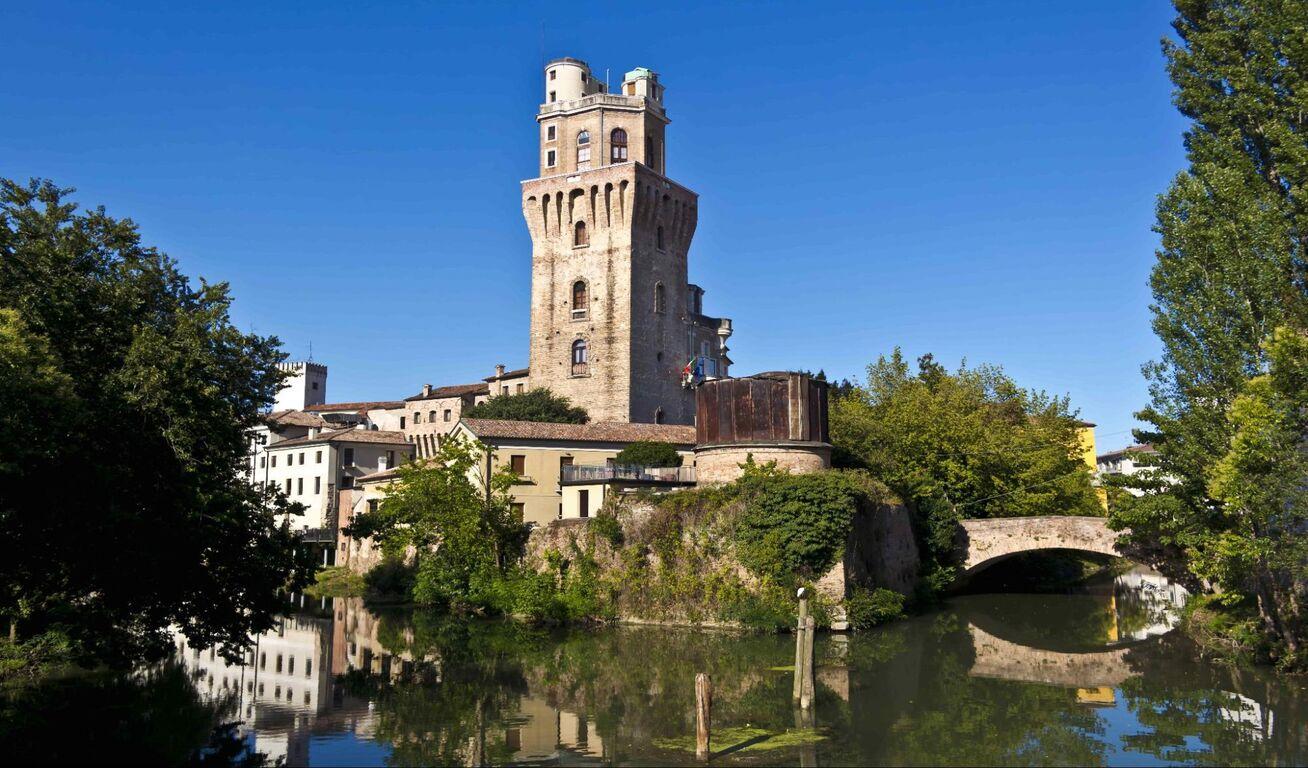
Its curriculum features integrated courses, active student involvement, and a clinical approach beginning from the first year, with English as the language of instruction. Upon graduating, students are awarded an Italian qualification that opens doors to specialisation schools in medicine or opportunities within both the public and private sectors globally.
The University of Padua's evolution from an initial focus on law and theology to a robust medical program today is a testament to its ability to adapt to changing societal needs while maintaining its commitment to academic excellence.
Summary
Through this enlightening exploration of the world's oldest universities, we've traversed the annals of academic history and witnessed the evolution of higher education. We've delved into the rich tapestry of these ancient institutions, from their ecclesiastical beginnings to their transformation into modern centres of learning.
We've seen their influence on global education, their preservation of cultural traditions, and their ability to adapt and remain relevant in the face of societal change.
As we conclude our journey, let us remember that these ancient institutions are not just repositories of knowledge; they are living, evolving entities that continue to shape our world.
Their legacy, encapsulated in their enduring influence on global education, continues to inspire scholars around the globe, affirming their place in history and their relevance in the future.
Frequently Asked Questions
What is the oldest university in the world?
The oldest university in the world is the University of Al Quaraouiyine in Fez, Morocco, which was founded in 859. It is considered one of the oldest educational institutions globally.
How has the curriculum of universities evolved over time?
The curriculum of universities has evolved from a focus on training clerics, lawyers, civil servants, and physicians to include liberal arts, specialised scientific and technical knowledge, and modern technology-mediated teaching strategies. Today's universities offer a wide range of educational options to meet diverse student needs.
What is the significance of the University of Salamanca in the Hispanic world?
The University of Salamanca, as the oldest university in the Hispanic world, has had a significant impact on the educational framework of universities across Latin America. It has influenced the Hispanic world's educational landscape.
How have the oldest universities adapted to modern times?
The oldest universities have adapted to modern times by embracing multidisciplinary roles, fostering entrepreneurial discovery, and incorporating virtual education and distance learning programs into their curricula.
What was the impact of the French Revolution on the University of Paris?
The French Revolution led to the division of the University of Paris into 13 autonomous institutions, including renowned universities like Sorbonne University and Panthéon-Sorbonne University, significantly impacting its structure and organisation.


